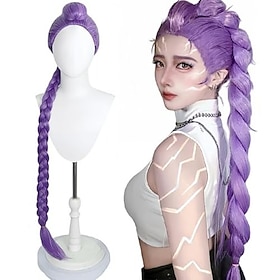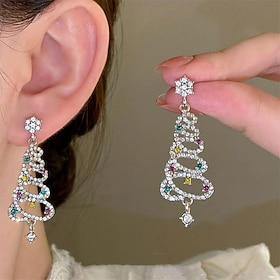Inconsistency, stiffness, and shine are the main elements that cause a wig to look “wiggy” right off the bat. If the texture doesn’t move like real hair, or the parting space is too straight or too dense, it can ruin the illusion completely, especially once you are in natural light, or photos.
This page contains affiliate links. See our disclosure for details.
HD Bone Straight Lace Wig – 36/38 Inch
One of the highlights of wigs is a fake-looking hairline. Many synthetic wigs come with hard front edges, or the baby hairs are too thick in the front. The hair doesn’t grow that way, but lace front wigs were made to avert this. Lace fronts have the ability to look natural, but can become obvious if not trimmed or blended properly with makeup. You see it all the time in any of the reality shows, or even in photos that get taken and posted online, you can tell who is and is not wearing a wig. The other issue is consistency, real hair has imperfections, varying strand directions, some frizz, fly aways, and a variety of thicknesses. When the wig looks too “perfect” or too styled, it loses that realism.
Then there is also fiber types and texture. Synthetic wigs made from lower quality fibers can tend to reflect light, and truly look “plastic”. Human hair wigs can be more expensive, but do provide a more natural sheen and bounce and reaction to heat styling that can be more difficult to fake.
For a lot of people wearing wigs — whether it be for style, due to hair loss, or just a wardrobe change — knowing it looks like natural hair can really make an impact for how confident they feel walking into a room. Well-worn wigs feel like a part of you, while fake wigs can feel the absolute opposite.
Here are a few more wig-related questions we’ve answered:
- Will People Notice If I Wear a Wig?
- How can I match my wig color to my skin tone?
- How do I store my wig to keep it in good shape?
- What’s the best way to secure a wig all day?
For more questions and answers about hair and wigs, visit our Hair Questions Answered category.















